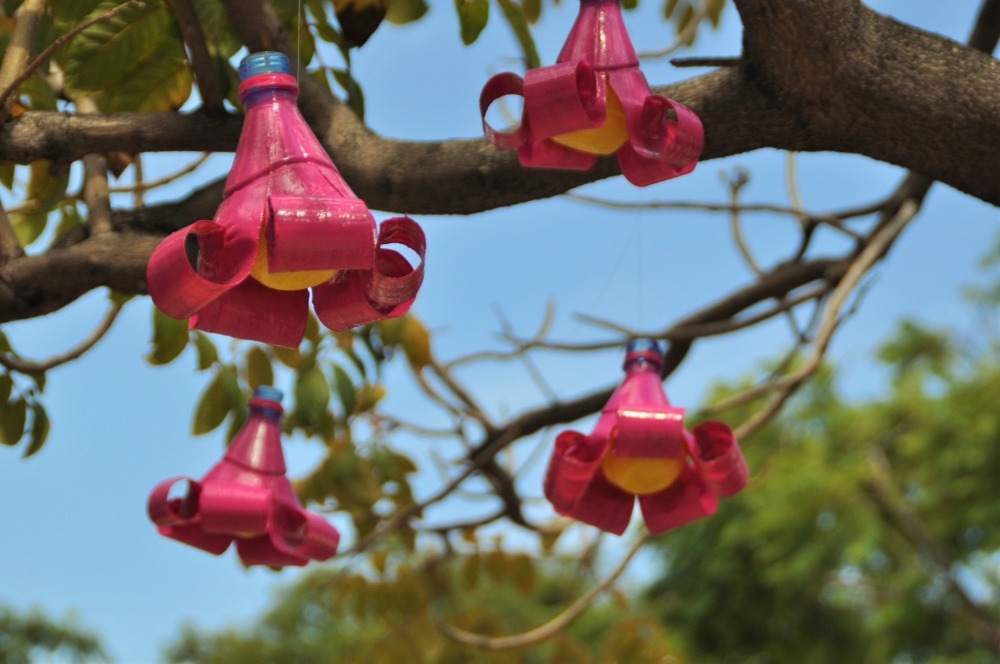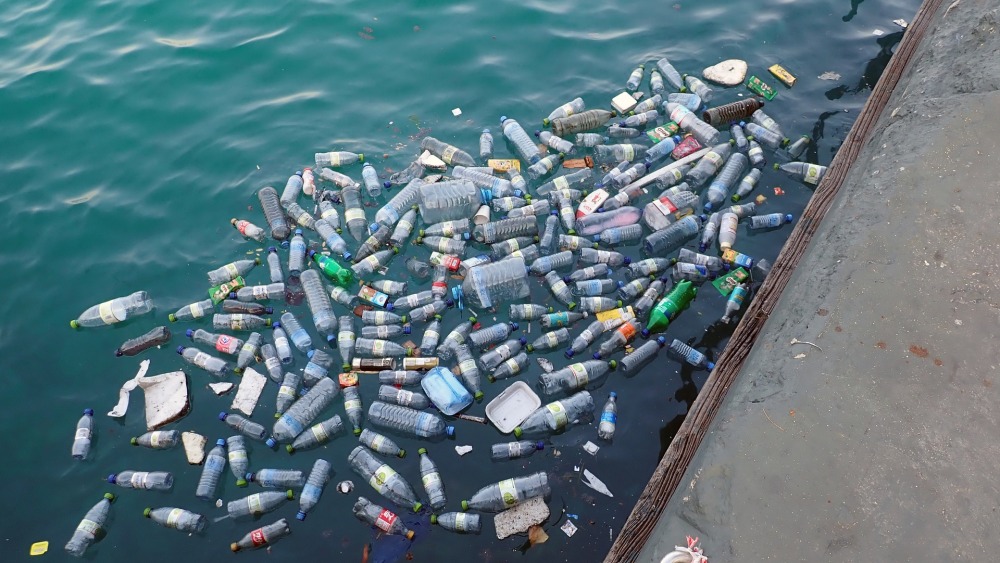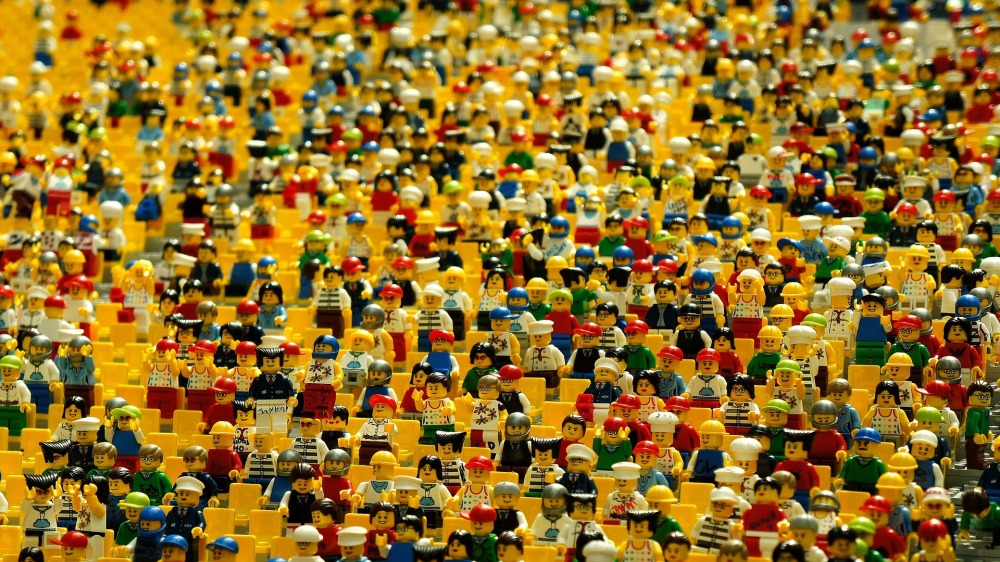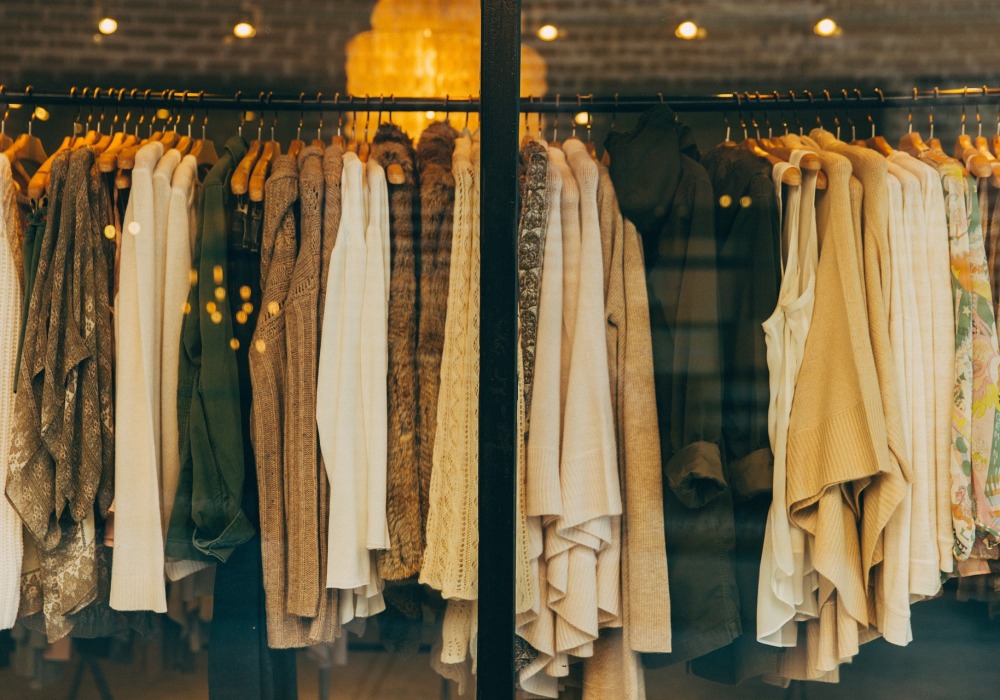
Breaking It Down: Are Biodegradable Plastics Better For The Environment?
Plastics are complex – physically and figuratively. Biodegradable plastics are all the hype and rage for helping resolve our plastic crisis. Can plastics really be environmentally-friendly though?
What Are Environmentally-Friendly Plastics?
Well, as most of us know, normal plastics are made of petroleum products and take between 500 years and never to decompose. In an effort to reduce the amount of plastic waste smothering our planet, scientists came up with alternative environmentally-friendly plastics which would have shorter life-spans and degrade more naturally. Hence, biodegradable plastics and its cousins (yes, it has cousins) are deemed better for the environment.
Types of Environmentally-Friendly Plastics
There are three general types of alternative, “better” plastics:
Biodegradable plastics – Made from petroleum products still but with chemical additives that allow these plastics to decompose quicker in the presence of sunlight and air
Bioplastics – Made from natural materials such as corn starch
Eco/recycled plastics – Plastics made from recycled old plastic products
Biodegradable Plastics
These “better” plastics are still made from petroleum products, but have chemical additives in them. These plastics take between 2-5 years or longer to break down, which is way better than 500 years, BUT it is often forgotten that three key elements are needed for this break down to happen — heat, light and oxygen.
The key problem with any kind of plastics is the disposal. Most biodegradable plastics end up in landfills or at sea. In landfills, these plastics get buried under literal garbage, never seeing the light of day or air, which means it will never degrade (the same applies to food waste in landfills, ZERO biodegradation). At sea, biodegradable plastics sink deep down where there is no light or heat, which also means no biodegradation.
Most biodegradable plastics require long-term exposure to an industrial high heat of 50C, which is not available naturally in the environment. Municipal composters and recycling centres might be able to break down these bad boys but turns out biodegradable plastics are generally not accepted by composters and recyclers! That’s because they are harder to recycle with the chemical additives in them (say what now!). Refer to the further reading section for more info!

Bioplastics
Bioplastics are made solely from natural materials, so they should be better right? It’s not that simple (it never is). Bioplastics are made by converting corn into resin known as PLA (polylactic acid), through a series of complex processes. It does not use petroleum and its lifespan technically does not produce a net increase in carbon dioxide¹ (which is good!). So unlike conventional plastics and biodegradable plastics, bioplastics produce almost 70% less greenhouse gases if it degrades in the landfill (again, IF it can degrade in a landfill).
PLA in principle is compostable so that’s great! Unfortunately, some bioplastics don’t decompose easily, especially in your back garden. Again, industrial recyclers and composters rather not recycle bioplastics as additives in bioplastics make the recycled product less durable. Then there’s the whole other issue of growing corn, how it’s grown, whether it is good for the environment, monocultures, GMOs, etc., which sometimes can outweigh the benefits of bioplastics. You can read more about bioplastics in the links below.
Recycled Plastics
Recycled plastics are pretty intuitive – plastics that have been used and recycled to make “new” plastic products. Which is great, except just like with recycling anything else, it takes up a lot of energy and greenhouse gas emissions (which is bad). Unless you know that the recycled products have actually used less energy than what it takes to produce a brand new plastic product, you could argue that it’s not really any better for the environment.
However, this is subject to perspective and definitely open for debate, as recycling old plastics is in a way better than producing new plastics that would end up in the landfill or sea.
Conclusion?
Of these three better plastics, bioplastics seem to make the most sense to me although the concept itself is still flawed, BUT making more plastics is not going to resolve our plastic problem. Each of these better plastics still hurts our planet by simply existing.
Given how complex issues with plastics are, I think the only conclusion that can be made is that plastics are not evil but how we humans abuse the use of plastics that makes it evil. I’ve said this before in my other plastic articles (Paper, Plastic or Polystyrene?; Plastic Earth: Fighting Plastic Pollution) – plastics were invented to be durable and long-lasting. Our absurd disposable lifestyle with the single-use plastic attitude goes against the very reason plastics were invented.

What we need to be focused on is finding a way to remove all the plastic we’ve trashed our planet with (if that’s even entirely possible). But before that, we need to change our outlook and behaviour so that we use less plastics and generate less plastic. Instead of attempting to use “better” plastics, ask yourself why use any kind of plastic at all! Use sustainable, long-lasting alternatives because most biodegradable plastics are still supporting the single-use mindset. Furthermore, these “better” plastics are still winding up at sea or in landfills, inevitably adding to the plastic crisis. At times, because these plastics break down faster, we end up with microplastics (microscopic bits of plastic) everywhere!
Use a bioplastic container that will last you 10 years rather than a biodegradable paper box that you’d throw out after your lunch. Or invest in a durable reusable water bottle instead of buying disposable plastic water bottles everyday. Make comparisons and ask, which can I use longer? Which product produces less waste and is better for the environment? As consumers, we hold the power in deciding what products should be manufactured. Don’t be fooled by the greenwashing corporations and industries do. Read the labels, ask questions and know your stuff.
It takes the whole world to make a change but it starts with you and me.

Further reading:
Moral Fibres article explains the problems with disposing “environmentally-friendly” plastics (slightly more realistic yet pessimistic view) on plastics.
Explain That Stuff, very aptly named, explains in a more optimistic light, the differences between these environmentally-friendly plastics and how they are made.
Smithsonian Magazine explores in detail about corn production and bioplastics, particularly in the United States.
Axion Group article explores the use of plastics from a more behavioural and consumerist perspective.
Images from Pixabay (2018).
¹ There is no net increase in carbon dioxide as the plant (i.e. corn) grown absorbs X amount of carbon dioxide as it grows (photosynthesis) and releases the same X amount of carbon dioxide when the bioplastic degrades (decomposition). Theoretically, there is no net increase but growing the plant (respiration) releases carbon dioxide too. This also excludes any potential carbon dioxide release throughout the manufacturing period.

